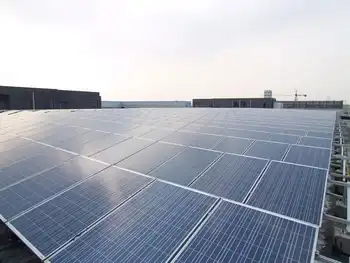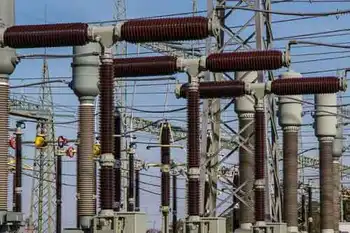Analysis: Southeast Asia Substation Market to see growth
New analysis from Frost & Sullivan Analysis of the Southeast Asia Transmission and Distribution Substation Market, finds that the market earned revenues of US$2.06 billion in 2013 and estimates this to reach US$2.72 billion in 2018. Vietnam, Indonesia, and the Philippines are the fastest growing markets in the region.
"The privatisation of the distribution grids in Cambodia and the Philippines, and the expected privatisation of grids in Vietnam is likely to attract private investors toward T&D power grid projects," said Frost & Sullivan Energy & Environmental Senior Research Analyst Avanthika Satheesh.
"The support extended by the Asian Development Bank, JICA and World Bank to implement grid expansion projects will further fuel the demand for T&D substation equipment across Southeast Asia," she added.
However, several T&D projects are delayed owing to financial constraints and inertia in payouts by the electricity utility – the centralised authority that owns and manages the T&D grids in most countries. Laws on land acquisition, which require project developers to obtain registered land for transmission line construction, also stall T&D implementation and limit substation equipment market growth.
In addition, regulations requiring the inclusion of local content in T&D projects are hampering foreign company participation in certain countries. For instance, in Malaysia and Indonesia, foreign bidders must ensure that a minimum percentage of the project value is contributed by locally produced products. The Malaysian market is particularly unattractive for foreign multinational companies as they are also restricted from bidding for engineering procurement construction services.
"To satisfy the local content regulation, many foreign substation equipment manufacturers are partnering with local companies. For instance, Crompton Greaves entered into a joint venture with Prima Layanan Nasional Enjinring in 2013 to manufacture high voltage switchgears in Indonesia," noted Satheesh.
"Vendors are also offering a wide range of products, excellent after-sales support, and striking good relationships with utilities so as to strengthen their presence in the Southeast Asia T&D substation market," she said.
If you are interested in more information on this research, please send an e-mail to Donna Jeremiah, Corporate Communications, at djeremiah@frost.com, with your full name, company name, job title, telephone number, company e-mail address, company website, city, state and country.
Analysis of the Southeast Asia Transmission and Distribution Substation Market is part of the Energy & Power Growth Partnership Service program. Frost & SullivanÂ’s related research services include Global Transformer Market, Southeast Asia HV Transmission Market, and Power Infrastructure Tracker in Northern Africa. All research services included in subscriptions provide detailed market opportunities and industry trends evaluated following extensive interviews with market participants.
Related News

Ontario Provides Stable Electricity Pricing for Industrial and Commercial Companies
TORONTO - The Ontario government is helping large industrial and commercial companies return to full levels of operation without the fear of electricity costs spiking by providing more stable electricity pricing for two years. Effective immediately, companies that participate in the Industrial Conservation Initiative (ICI) will not be required to reduce their electricity usage during peak hours, as their proportion of Global Adjustment (GA) charges for these companies will be frozen.
"Ontario's industrial and commercial electricity consumers continue to experience unprecedented economic challenges during COVID-19," said Greg Rickford, Minister of Energy, Northern Development and Mines. "Today's announcement will allow large industrial…




